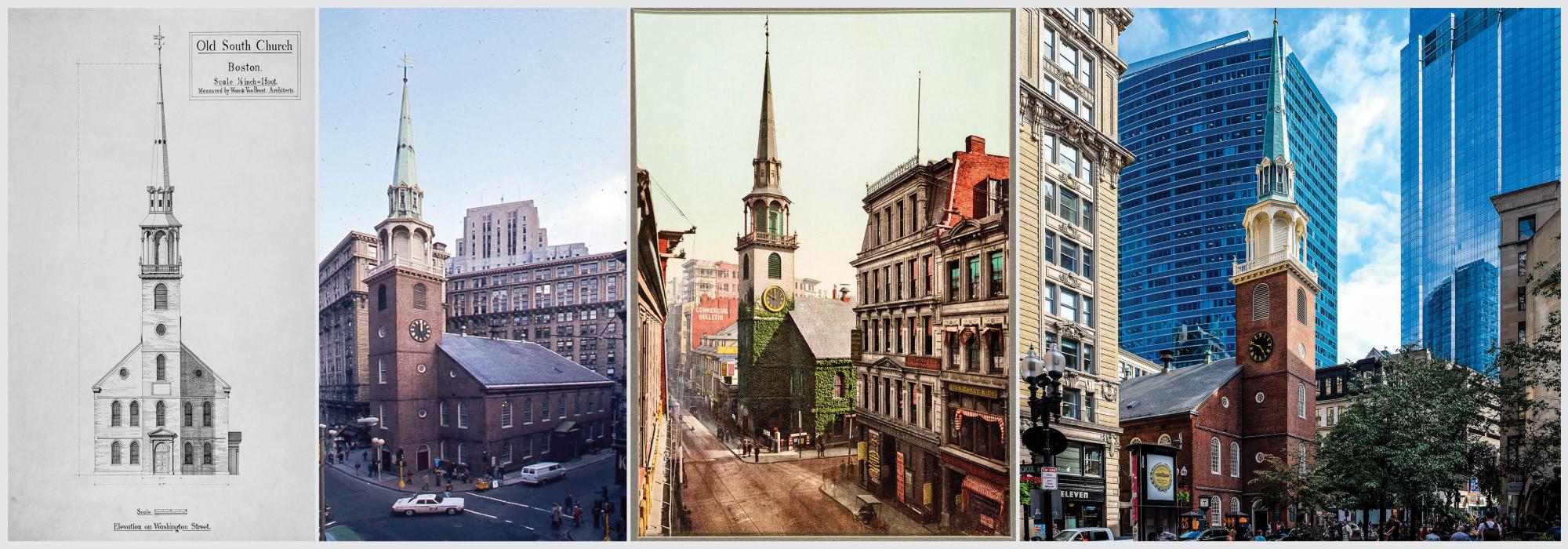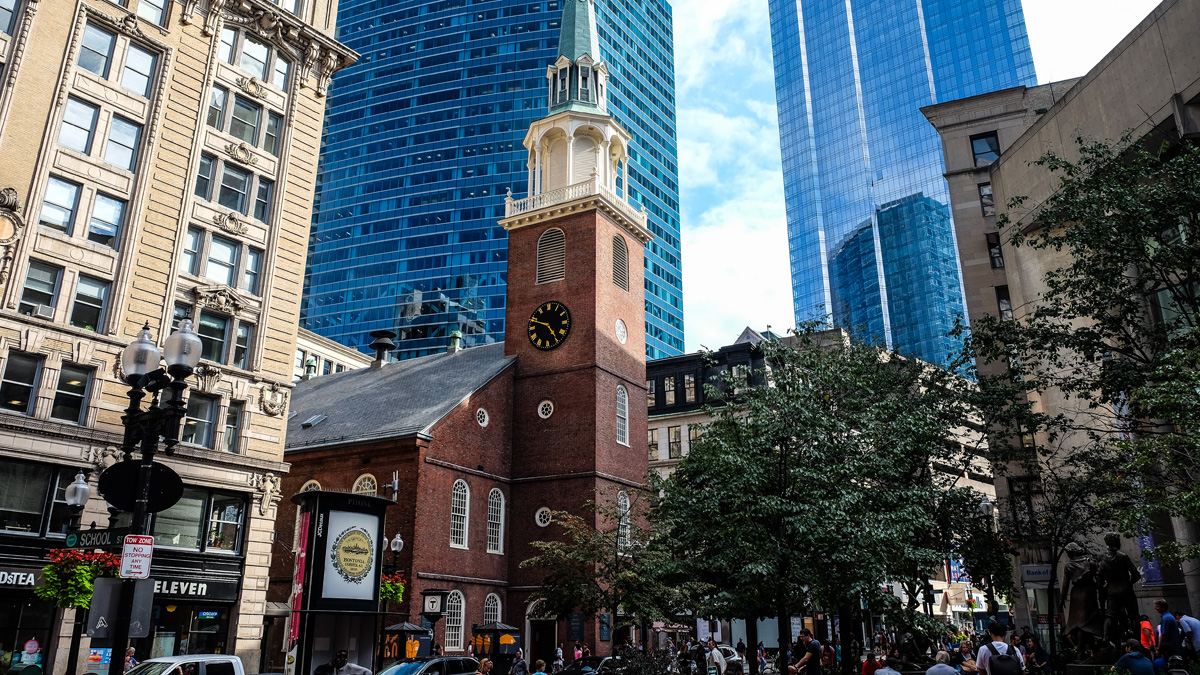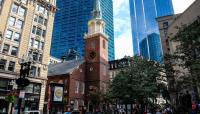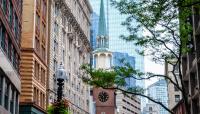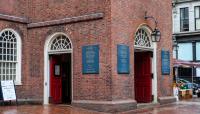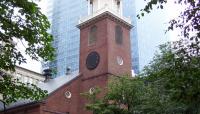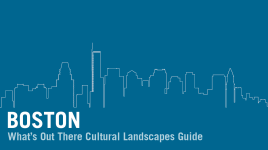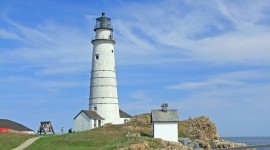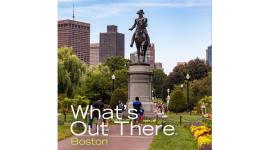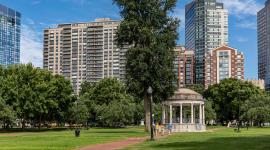Landscape Information
Located in downtown Boston, the meeting house was designed by architect Robert Twelves and built in 1729 by a group of dissenters from Boston’s First Church. The building is Georgian in style, built of red brick with a steeple at the front. At the time of its construction, the meeting house was the largest building in Boston; gatherings that Faneuil Hall could not accommodate were held at the church because of its greater size and central location. In 1773 it served as the organizing point for the Boston Tea Party. The church remained active until 1872. Four years later the congregation sold the building, and it was scheduled for demolition. A group of “twenty women of Boston” organized to raise funds and halt the demolition, making it one of the earliest historic preservation successes in New England. Famous Bostonians enlisted to help save the building from demolition included Ralph Waldo Emerson, Henry Wadsworth Longfellow, Louisa May Alcott, and abolitionist Wendell Phillips. In 1877 the building was opened to the public as a museum and meeting place by the Old South Association, making it one of the country’s first museums of American history.
Situated on a street corner, the building is encircled by a simple brick apron. Its site is devoid of trees and is surrounded by high-rise buildings. It is one of eight sites within the Boston National Historical Park and one of seventeen stops along the Freedom Trail. The meeting house was designated a National Historic Landmark in 1960 and listed in the National Register of Historic Places in 1966.



